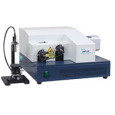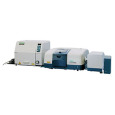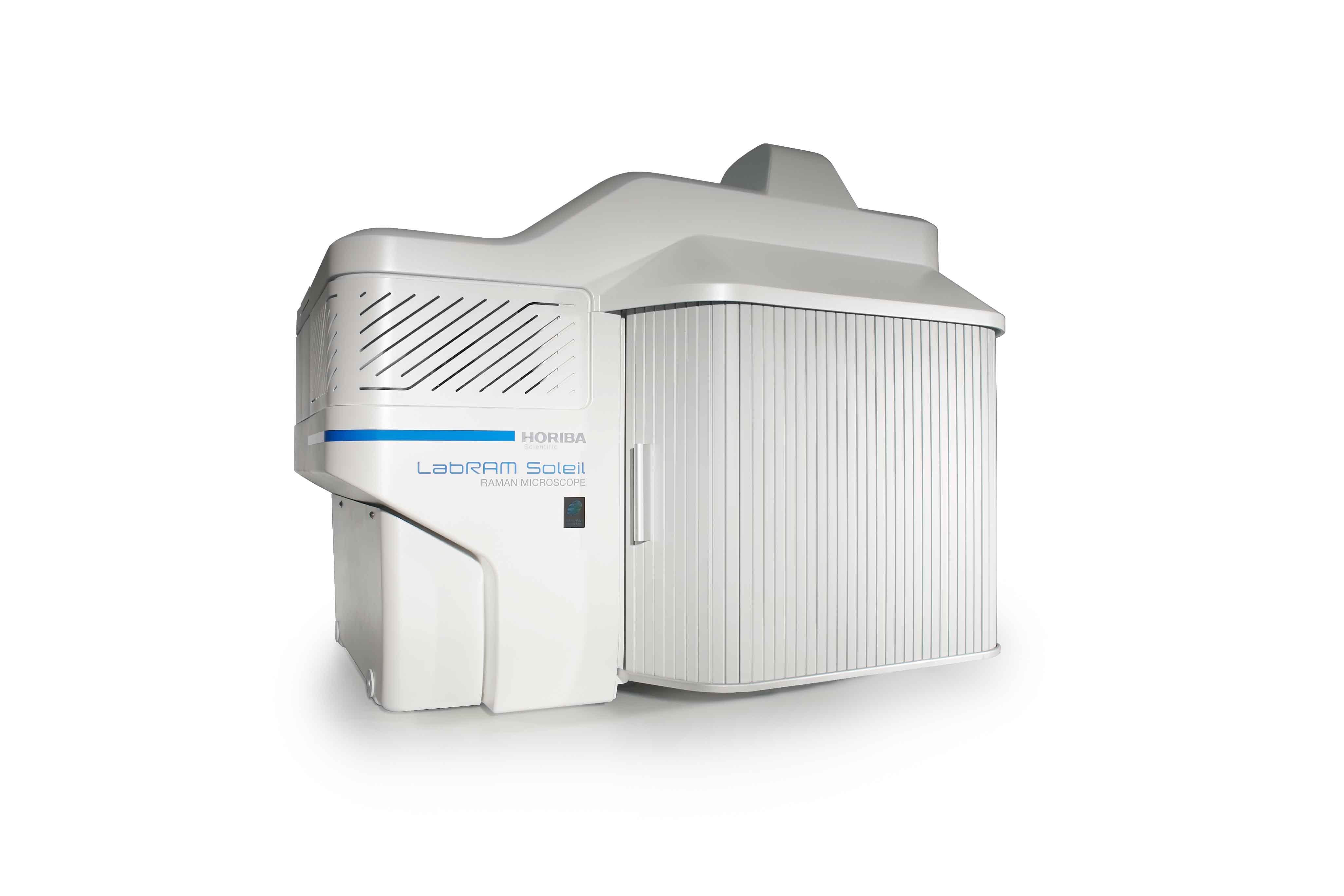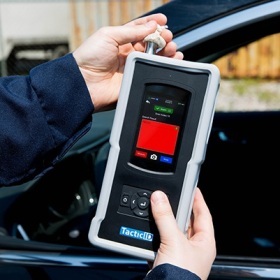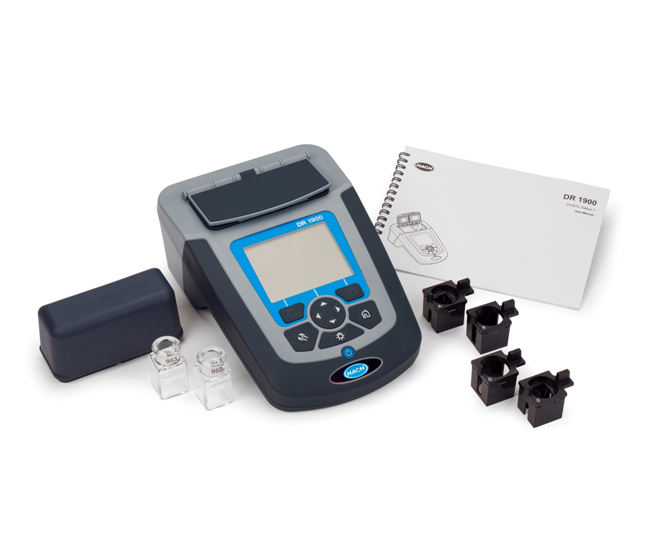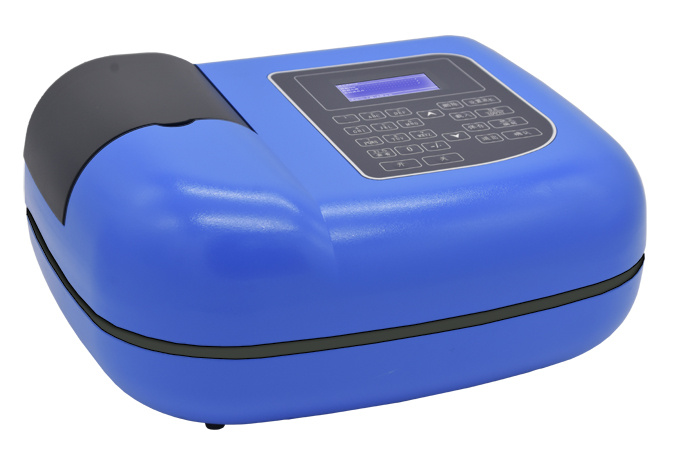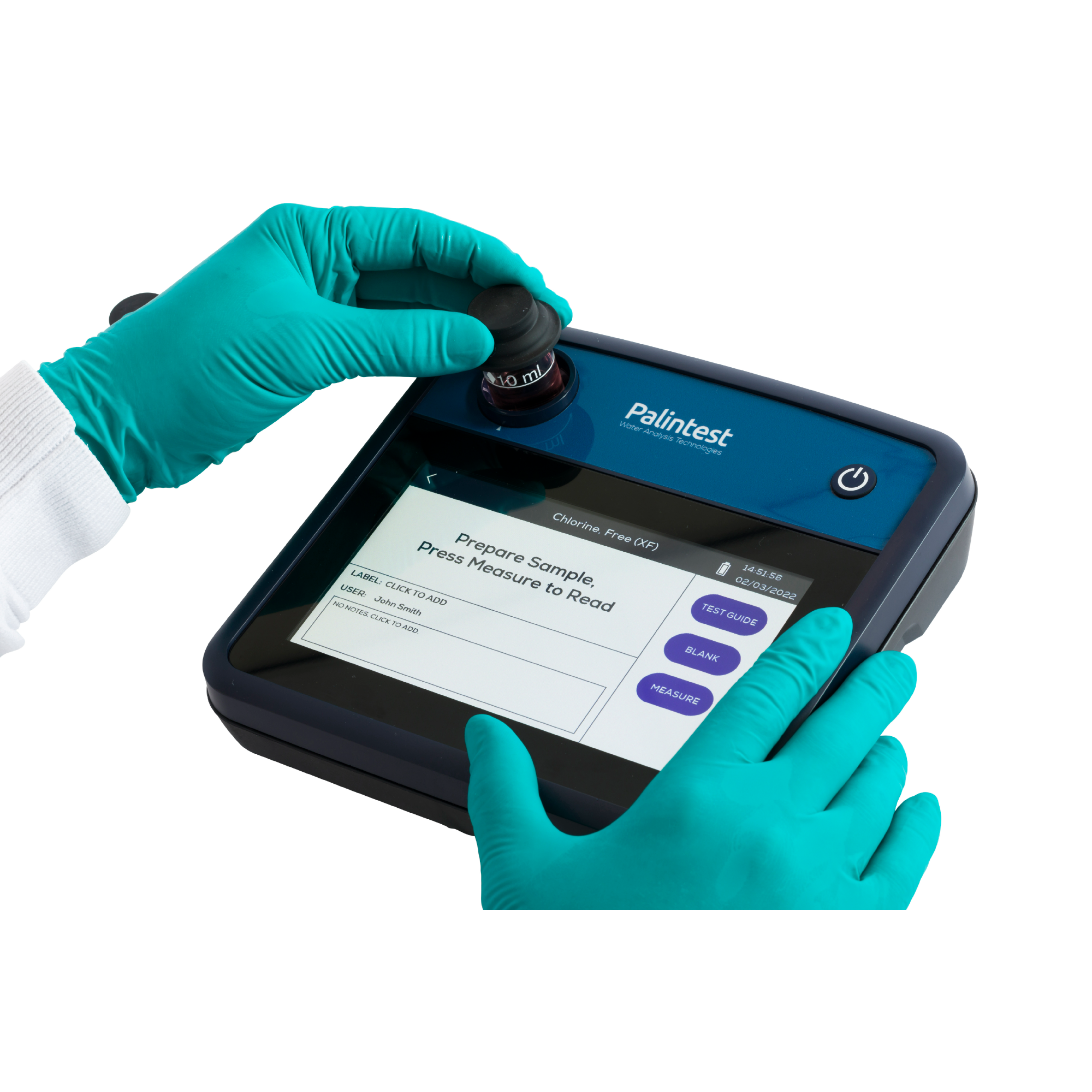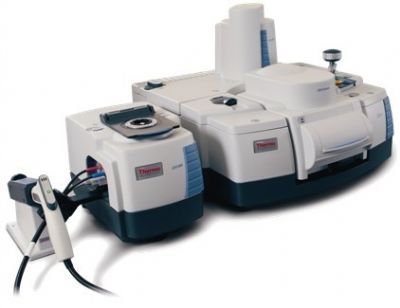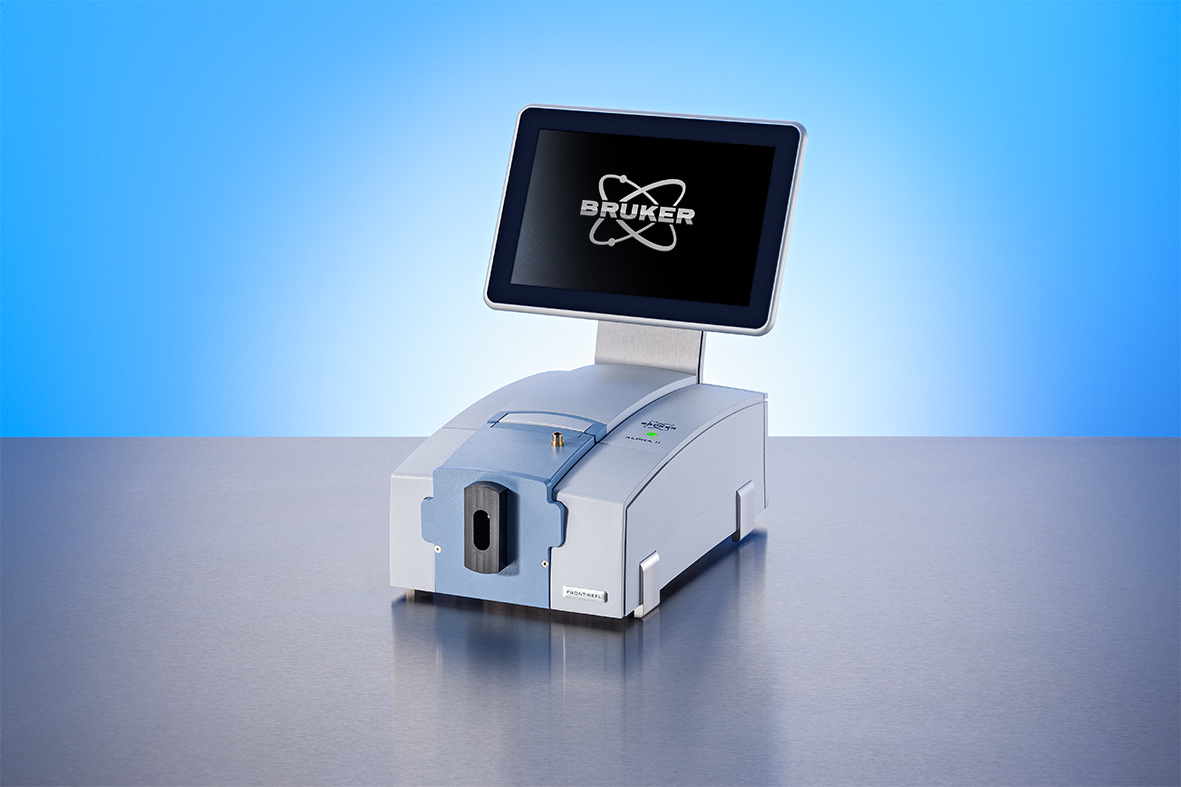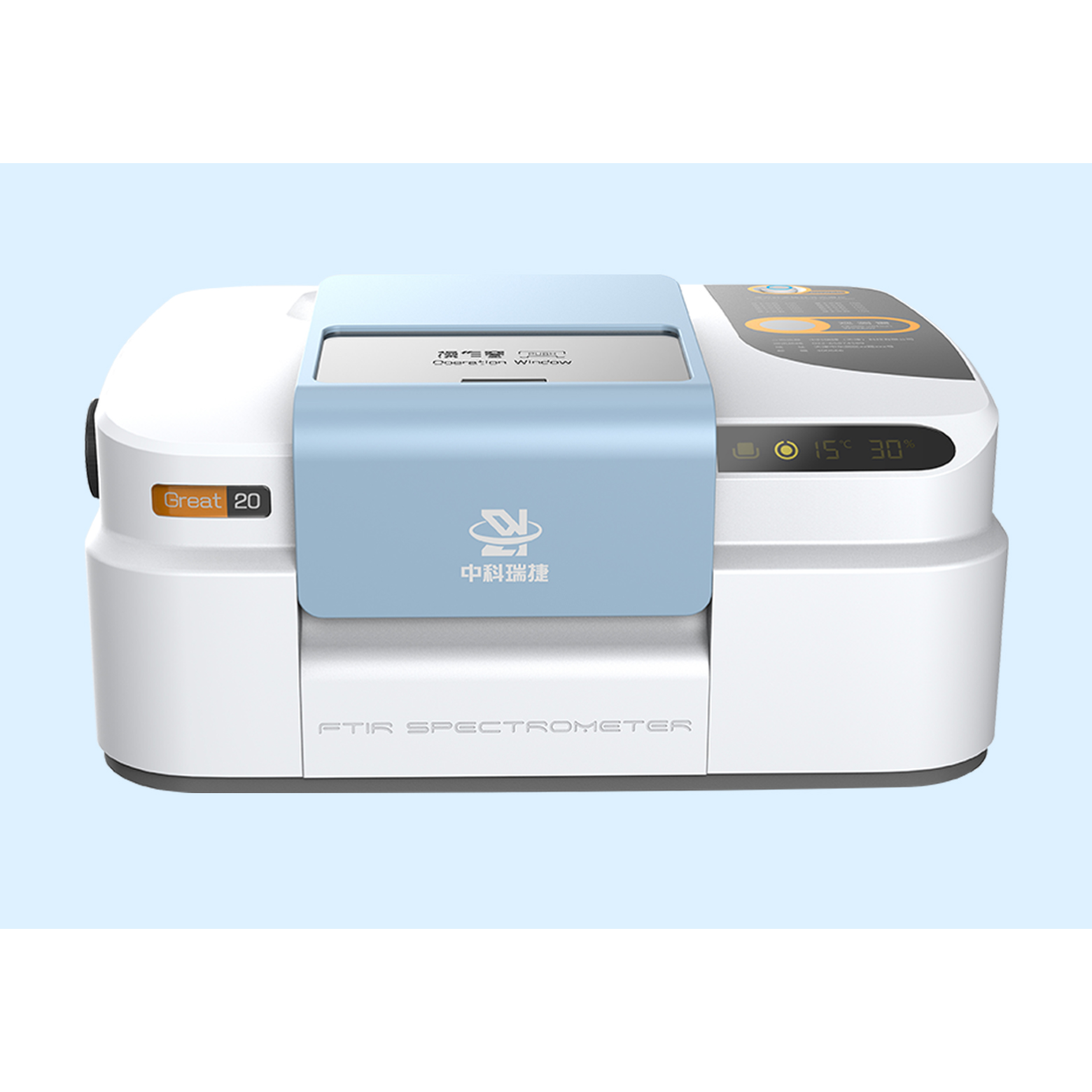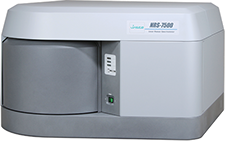
方案详情
文
Carbon nanotubes are unique nanostructures with remarkable electronic and mechanical properties. Nanotubes have been considered prototypes for a one-dimensional quantum wire. As other useful properties have been discovered, particularly strength, interest has grown in potential applications,
方案详情

Carbon nanotubes are unique nanostructures withremarkable electronic and mechanical properties.Nanotubes have been considered prototypes for a one-dimensional quantum wire. As other useful propertieshave been discovered, particularly strength, interest hasgrown in potential applications, such as, nanometer-sizedelectronics or stronger polymer materials. Theorysuggests that carbon nanotubes will have a variety ofuseful properties..Experiments validating this is justbeginning. One primary method for the analysis of thesenanostructures is Raman Microspectroscopy. Figure 1. Raman spectra of granular nanotube sample. Introduction: Carbon nanotubesi are fullerene-typestructures which consist of graphene cylinders closed ateither end. A nanotube can be thought of as a hexagonalnetwork of carbon atoms that has been rolled up to make aseamless cylinder. Nanometer across, the cylinder can betens of microns long, with each end "capped" with half afullerene molecule. Studies have predicted that nanotubescan be conducting or insulating depending on their structure,which leads to applications in electronics. They also suggestthat nanotubes should be immensely strong, becoming "theultimate carbon fibers". Single-walled tubes haveremarkable adsorptive and catalytic properties, and can beused as components of a new generation of fuel cells. Thismolecular nature is unprecedented for devices of this size.The challenge exists to find a method capable of findingthese tiny particles and non-destructively analyze them forstructural composition. Raman microspectroscopy iscapable of doing that and more. Experimental: Nanotube coated glass slides and nanotubegranules were synthesized by various laboratories andsubmitted for analysis. They were imaged using the 20xobjective under the microscope and the Raman collectedusing the Ventuno Raman system. Several areas of eachsample were evaluated. The instrument was equipped with a532 nm diode laser; 2 gratings and an air cooled CCD detector..The integration times for spectral collection were 20seconds per acquisition. The confocal aperture used (50mm),gives an approximate 1mm (x,y) and 2mm (z) sample volume.The laser power at the sample was 10 mW or less. Figure 2. Raman spectra of carbon nanotubes on glass slides. Results and Discussion: Figures 1-3 show various nanotubespectra. The spectra are being used with the permission of theresearchers. The spectra indicate that the purity and structure ofthe nanotubes can be determined using the raman spectra. Thespectra in Figures 1 and 3 were collected using both 532nm whileFigure 2 was collected using 633nm excitation. Both excitationwavelengths appeared to be effective for analysis. Int Figure 3. Raman of nanotubes on glass showing the G/D region. The primary concern in the analysis of the nanotubes was burningof the samples under prolonged laser exposure. The switching ofthe wavelengths was one method used to help reduce this effect.Additionally a laser attenuator was added to reduce the power onthe sample and allow for longer collection times.Many of thenanotube samples were thin layers on microscope slides did notexhibit signs of burning. The more impure nanotube samplesseemed to suffer the most from absorption of the laser. Conclusions: Raman is an effective way to screen nanotubes thatis reliable, non-destructive and requires little sample preparation. Carbon nanotubes are unique nanostructures with remarkable electronic and mechanical properties. Nanotubes have been considered prototypes for a one-dimensional quantum wire. As other useful properties have been discovered,
确定

还剩1页未读,是否继续阅读?
佳士科商贸有限公司为您提供《碳纳米管中纳米结构检测方案 》,该方案主要用于纳米材料中纳米结构检测,参考标准--,《碳纳米管中纳米结构检测方案 》用到的仪器有JASCONRS5000/7000共聚焦激光拉曼光谱仪、JASCORMP-500便携激光拉曼分光光度计、jascoRFT-6000傅立叶变换红外拉曼光谱仪
推荐专场
激光拉曼光谱(RAMAN)
更多
相关方案
更多
该厂商其他方案
更多










